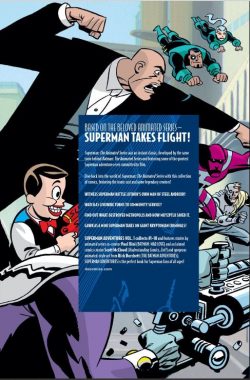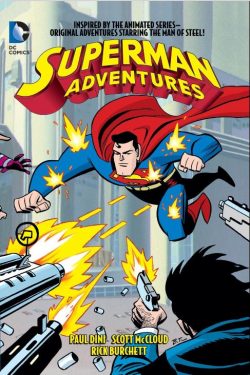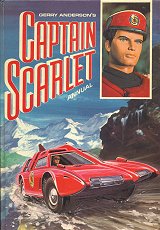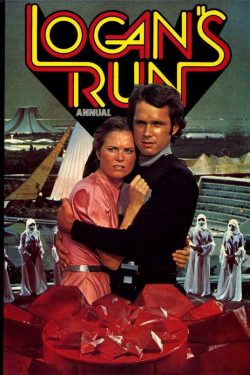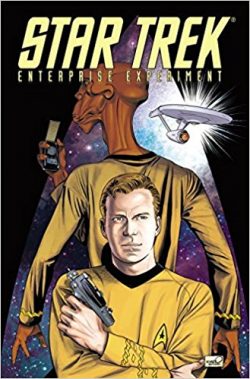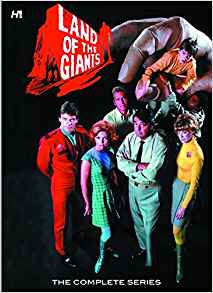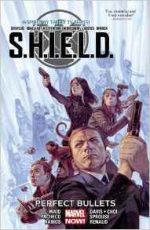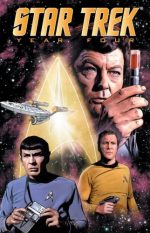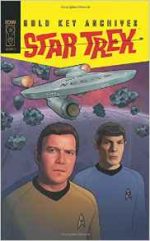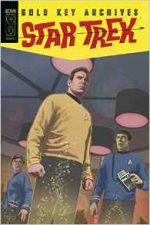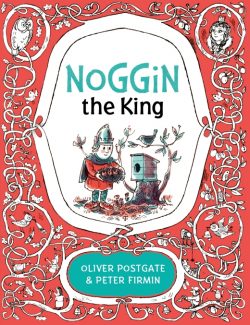
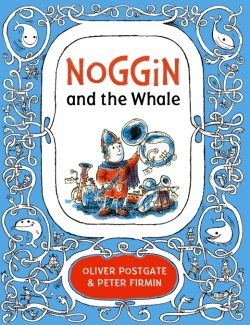
By Oliver Postgate & Peter Firmin (Egmont)
ISBN: 978-1- 4052-8152-2 (King)Â Â Â Â Â Â Â Â Â Â Â Â Â Â Â Â 978-1- 4052-8153-9 (Whale)
I had originally prepared these reviews as part of a forthcoming week of TV-related books and graphic novels but, following the news of the death of the wonderful Peter Firmin on July 1st, I found myself feeling painfully bereft and quite woeful.
So, just because I want to and as a public acknowledgement of the gifts of a brilliant creator who shaped my entire life (as well as so many millions of others), there is a change to today’s scheduled viewing…
Peter Arthur Firmin was born in Harwich on 11 December 1928. After training at Colchester School of Art and National Service in the Royal Navy he went to the Central School of Art and Design in London from 1949 to 1952. A creative man of many talents and disciplines, he then worked as a stained-glass designer, jobbing illustrator and lecturer.
Whilst teaching at Central in 1957 he was targeted by up-and-coming children’s TV writer Oliver Postgate who believed (quite rightly) that clever individuals could produce high-quality kids viewing at reasonable cost.
After producing backgrounds for Postgate’s Alexander the Mouse and The Journey of Master Ho, Firmin became a full-partner in new venture Smallfilms, which would be based in a shed at the artist’s Canterbury home. The kindred spirits initially produced hand-drawn cartoons and eventually stop motion animation episodes for series including Ivor the Engine, The Saga of Noggin the Nog, Pogle’s Wood/The Pogles, Bagpuss and The Clangers. Postgate wrote, voiced and filmed whilst Firmin drew, painted, built sets and made puppets.
During those early days Firmin seemed tireless. In addition to the Smallfilms job he also devised, designed and populated other kids shows such as The Musical Box and Smalltime. In 1962 with Ivan Owen he created a fox puppet for The Three Scampies. The puppet soon had his own show and career as Basil Brush…
Throughout his life, Firmin continued his cartooning and illustration career. This included writing and/or illustrating a number of books such as Basil Brush Goes Flying, The Winter Diary of a Country Rat, Nina’s Machines and Seeing Things – An Autobiography as well as working as a printmaker and engraver, designer and educator. In 1994 Firmin was asked to create a British postage stamp and produced a magnificent offering featuring Noggin and the Ice Dragon.
Even at their most productive and overworked, Postgate and Firmin always ensured there was plenty of ancillary product such as Christmas Annuals, comic strips and spin-off books, games and puzzles for their devoted young fans. Between 1965 and 1973 Postgate and Firmin crafted a series of books in an early-reader format featuring the further adventures of the Nicest Norseman of Them All…
Recently re-issued in superb hardcover editions perfect for tiny hands, the first two are Noggin the King and Noggin and the Whale, both originally released in 1965; a brace of charming, gently humorous escapades starring the TV cast and beautifully illustrated in a variety of duo-toned line-&-colour with wit and subtle charm by the irrepressible Firmin.
On the death of his father, quiet, unassuming Noggin becomes king of the northland Viking tribe known as the Nogs. He rules with understanding and wisdom – generally thanks to his advisors: bluff Thor Nogson, talking green cormorant Graculus and his wife Nooka who hails from the far north (we’d call her an Inuit princess these days).
Despite many fantastic adventures, Noggin prefers a quiet home life with his people and his boisterous son Knut…
Noggin the King opens with bucolic pastoral scenes of the Nogs and the good-hearted sovereign helping his people however he can. However, whilst happily repairing the roof of an old farmer, the ruler dislodges a bird’s nest. Bringing the nest and its occupants back to his castle, he cares for the fledglings and mother and wonders if he is also the King of birds in the Land of Nogs. If he is then they are his subjects too and thus he is responsible for their safety and welfare.
Riven with doubt, the King then sets out on a short quest with Nooka beside him to confirm his suspicions and is rewarded by the feathered kingdom with a great but grave new honour…
Noggin and the Whale offers a far more light-hearted aspect of kingship as the mild monarch celebrates his birthday in the usual manner: doling out gifts to all the children of his realm. This year they all get musical instruments, but when they hold an impromptu concert on a boat in the little walled harbour, the merriment is interrupted by a most insistent whale.
Every time the kids get going the cetacean surges up under the boat and eventually even placid Noggin loss his temper and orders the sea-beast to swim away.
Instead it glides over to the open harbour gate and sulkily blocks the way just as the fishing boats are trying to moor up for the night. Nothing the townsfolk can do will shift the surly creature.
Suddenly Prince Knut has an idea. He realises why the whale has been acting so strangely and, after consulting with his father, commissions Royal Inventor Olaf the Lofty to create a unique present for the morose marine mammal…
Charming, engaging and endlessly rewarding (both these books and their much-missed, multi-talented originators) the works of Postgate and Firmin affected generations of children and parents. If you aren’t among them, do yourself a great favour and track down those DVD box sets and books like these. You won’t regret it for an instant…
Text © The Estate of Oliver Postgate 1965. Illustrations © Peter Firmin/The Estate of Peter Firmin 1965.

